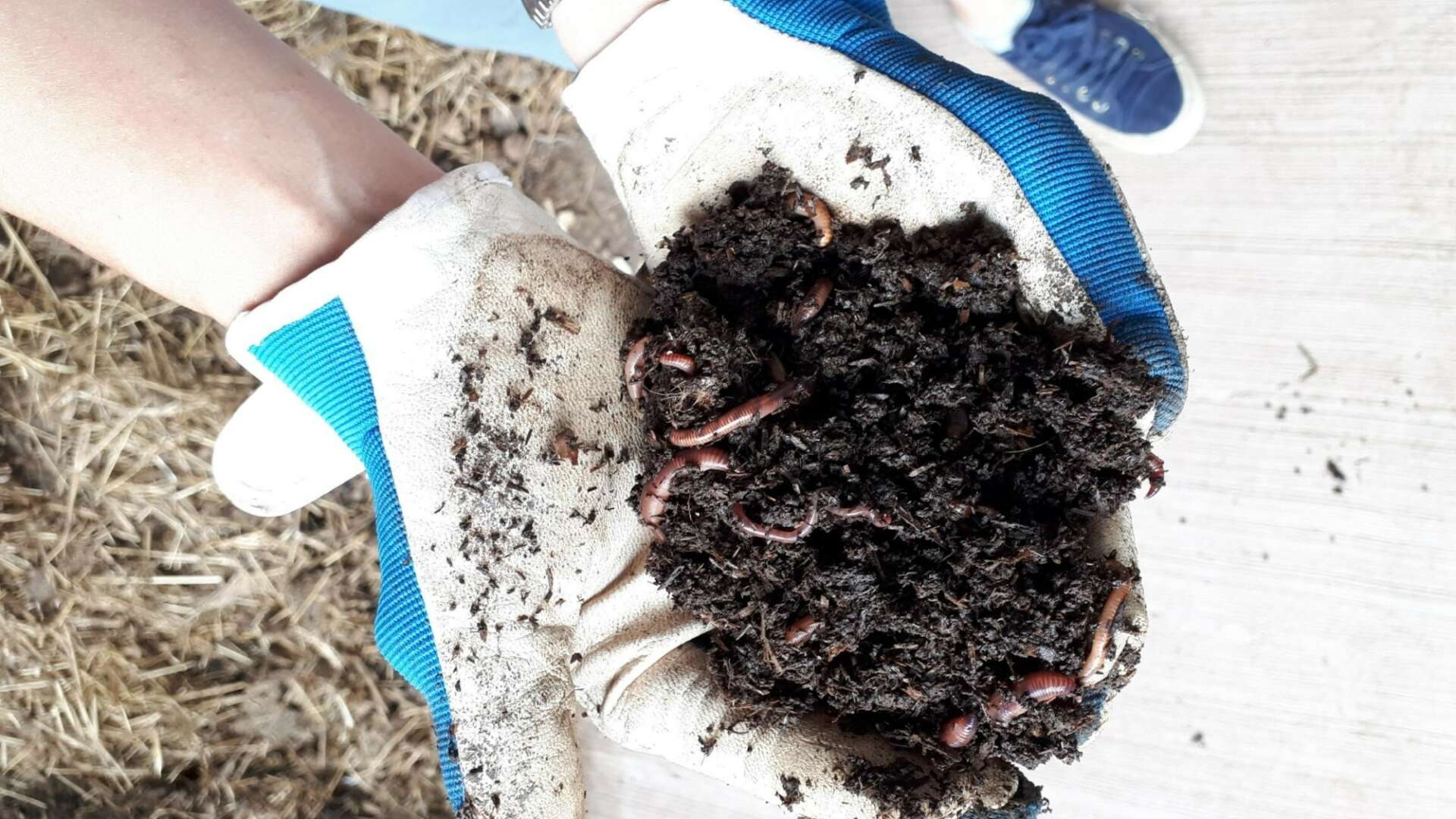Our views
Why glyphosate is bad for your garden

How does glyphosate work? 🔗
Glyphosate is the most widely and heavily used agrichemical worldwide, in agriculture, parks, and gardens. It's absorbed through foliage, inhibiting the plant’s ability to grow healthily and eventually leading to death.
On these pages we discuss why it should be banned and how you can manage weeds without it.
5 reason glyphosate should be banned 🔗
- Glyphosate is rarely used on its own, but as part of a chemical cocktail - for instance with the trade name Roundup or Weedol. These formulations are potentially far more dangerous. Toxicologist Dr Robin Mesnage, of Kings College London, writes "we know Roundup contains many other chemicals, which when mixed together are 1,000 times more toxic than glyphosate on its own”. Research has shown these other chemicals include arsenic, chromium, cobalt, lead and nickel.
- The European Food Safety Authority (EFSA) says that glyphosate is safe. However, most of its research is provided by the industry that created the herbicide. No-one knows the effect of long-term exposure to these toxic chemicals - but a groundbreaking global glyphosate study, published in August 2025, linked glyphosate to multiple cancers, even when it was used within EU limits. Watch the Pesticide Action Network (PAN UK) webinar here, and read more about the effects of pesticides on human health.
- There continues to be unacceptable levels of glyphosate (and other pesticides) found in food, according to PAN UK.
- Research shows glyphosate formulations also destroy microorganisms in healthy soil, and affect earthworms. For a full review of the research on glyphosate on soil ecosystems, read this 2016 report from the Soil Association.
Latest updates on glyphosate 🔗
The license for glyphosate was due for renewal in the UK in December 2025. However, the recent EU reset deal is likely to commit the UK to existing EU and future pesticide standards. The bad news is this could mean the UK could adopt/align with EU approvals – which currently are set for 10 years until 2033. The good news is that the EU’s pesticide standards are the strongest in the world, in terms of protecting human health and the environment. And a ban on pre-harvest desiccation has already been approved.
In September 2025, we joined Butterfly Conservation in calling for retailers to stop selling synthetic pesticides. And in spring 2026, Garden Organic are working on a campaign, alongside PAN UK, to call for the UK to go beyond EU regulations and agree a complete ban for amateur and urban use.
What can I use instead of glyphosate? 🔗
Pesticides have no place in an organic garden. Here our head gardener Emma O’Neill offers some tried-and-tested glyphosate alternatives:
- Hand weeding. This can include hoeing, particularly effective on annual weeds, with the optimum time being when it's sunny with a light breeze. Weeds can be left on the top of the soil to dry out and desiccate.
- Digging. While we recommend keeping digging to a minimum in your garden to protect soil life – digging out weeds with a hand fork/trowel or border spade is essential for deep-rooted perennial weeds such as docks and dandelions. This is also the preferred method to remove any pernicious weeds such as bindweed and brambles, attempting to get out as much of the root as possible. This task will need to be repeated. Once the weeds are removed, we dry them out to ensure they are no longer viable or drown them in water for up to eight weeks.
- Cover crops. These can be flowers or green manures and sown to ensure the soil is well covered. Not only does this help suppress any weeds and prevent germination but these plants protect the soil from run off and locks in moisture and nutrients.
- Mulching. While critical for soil health, mulching the soil surface with well-rotted compost can also help limit weed germination by excluding light. This is best carried out in autumn or spring.
- Tolerate your weeds! If you only have a small area of problematic weeds, consider giving them a place in your garden as they have an important role to play in biodiversity and creating a balanced garden ecosystem. You could leave a small patch but remove any seedheads to prevent them from spreading.
How do I remove weeds on hard surfaces? 🔗
Preparation is crucial if you wish to lay hard standing. A natural biodegradable geo textile made from natural fibers, such as coir, can go a long way to suppressing and preventing any weeds emerging, before you add other layers.
Use a sharp knife between block pavers, or a hoe in graveled areas. Flame guns and electric weeders can keep down weeds on paths. These work by disrupting the plants cells and preventing them from growing.
While flame guns tend to only destroy the tops of the weed, certain electric weeders can also destroy the root of the weed by boiling the plant and effectively destroying its ability to regrow. Please be aware these methods will kill any creatures they touch, so always thoroughly check the area for creatures first.
For larger spaces
For bigger gardens or extensive areas of weeds you might want to hire a brush weeder, which physically scrapes, brushes and cuts the weeds out of the ground. The Pesticide Action network has some useful advice on mechanical alternatives and advice for the amenity sector.
For more on pesticide use and its alternatives, head to our Pesticide Hub. Become a member and you can also access our dedicated advice factsheets.
Join Garden Organic!
By becoming a Garden Organic member you can join thousands of people who are already leading the movement for an organic and sustainable future for us all. And get great member benefits!
Join today